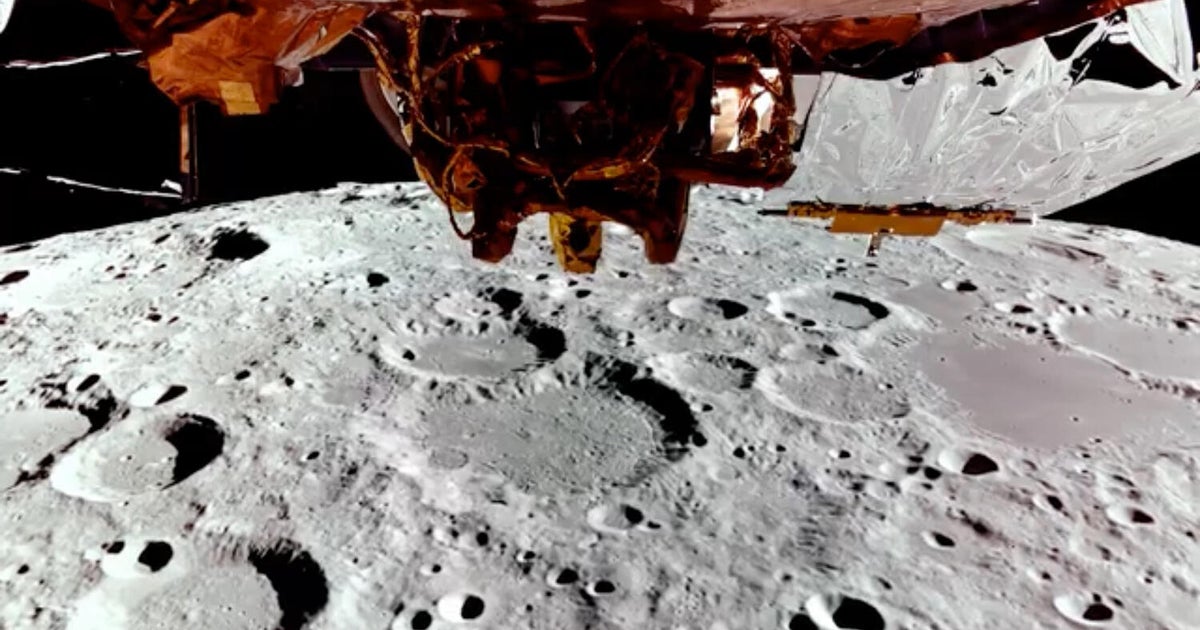NASA captures black hole ripping and swallowing star the size of our sun
NASA has caught a rare cosmic event with one of its newest telescopes — a black hole violently ripping apart a star roughly the size of our sun. The phenomenon, known as a tidal disruption event, was captured in detail by NASA's Transiting Exoplanet Survey Satellite, or TESS.
Researchers published their findings of the event in The Astrophysical Journal on Thursday. Scientists used an international network of 20 robotic telescopes called ASAS-SN (All-Sky Automated Survey for Supernovae) to detect the tidal disruption event back in January, before turning to TESS, which caught the beginning of the cosmic showdown.
Using its permanent viewing zones, TESS was able to watch the star getting sucked into the black hole and collect necessary data used to study the event. NASA released an animated video illustrating the cataclysmic phenomenon.
"TESS data let us see exactly when this destructive event, named ASASSN-19bt, started to get brighter, which we've never been able to do before," Thomas Holoien from the Carnegie Observatories in Pasadena, California, said in a statement on NASA's website. "The early data will be incredibly helpful for modeling the physics of these outbursts."
Chris Kochanek, a professor of astronomy at Ohio State, marveled at how fortunate it was to have the event occurring in the systems' lines of sight: "This was really a combination of both being good and being lucky, and sometimes that's what you need to push the science forward."
Tidal disruption events are rare and stars need to be very close to a black hole in order to create one. Researchers said this type of cosmic event happens once every 10,000 to 100,000 years in a galaxy the size of the Milky Way. However, since there are billions of galaxies in the universe, scientists have been able to observe about 40 tidal disruptions over the years. Yet they're still very hard to come by.
"Imagine that you are standing on top of a skyscraper downtown, and you drop a marble off the top, and you are trying to get it to go down a hole in a manhole cover," Kochanek said. "It's harder than that."




